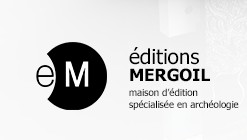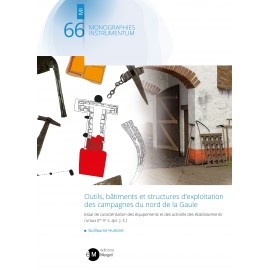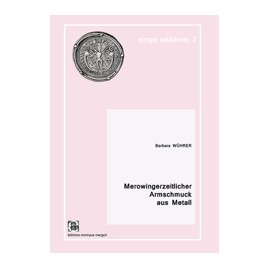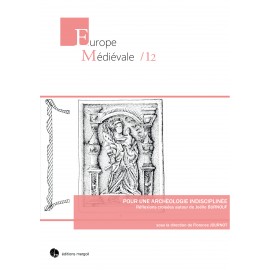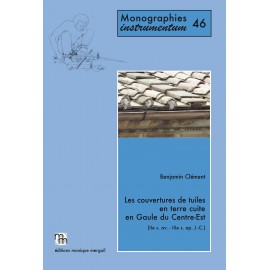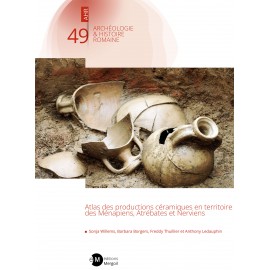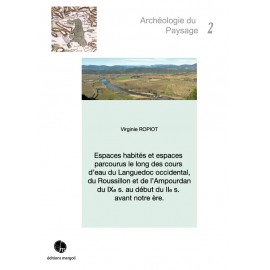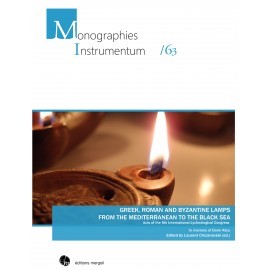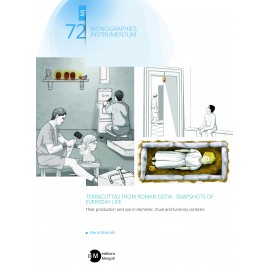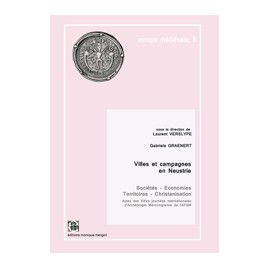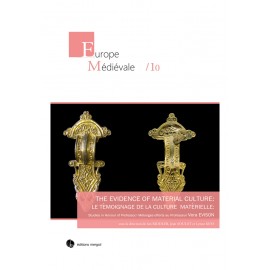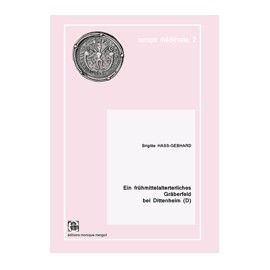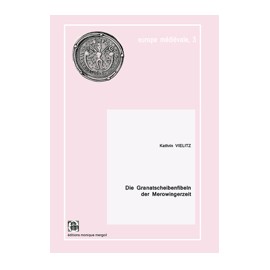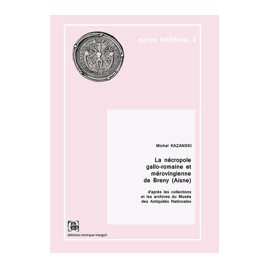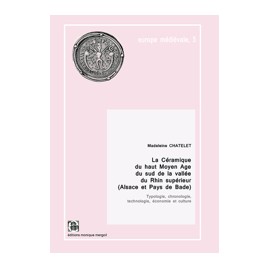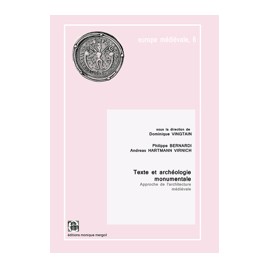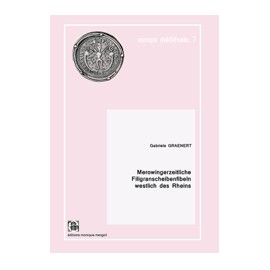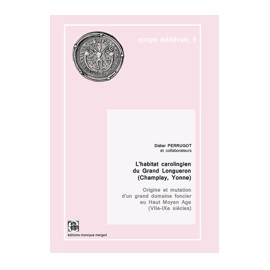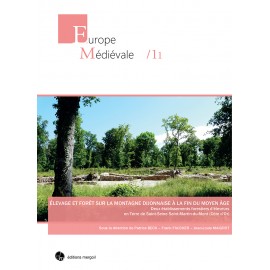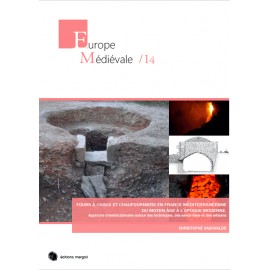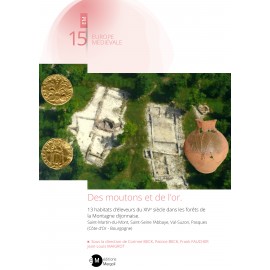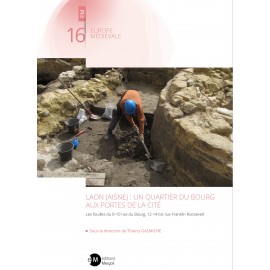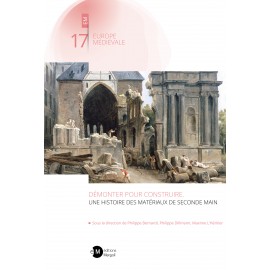No products
Prices are tax included
Product successfully added to your shopping cart
There are 0 items in your cart. There is 1 item in your cart.
Europe Médiévale
- Archéologie et Histoire Romaine
- Archéologie Moderne et Contemporaine
- Archéologie des Plantes et des Animaux
- Archéologie du Paysage
- Archives & Histoire de l'Archéologie
- Europe Médiévale
- Monographies Instrumentum
- Préhistoires
- Protohistoire européenne
- Research Protocols
- Off collections
- Les cahiers de saint-michel de Cuxa
- Second-hand
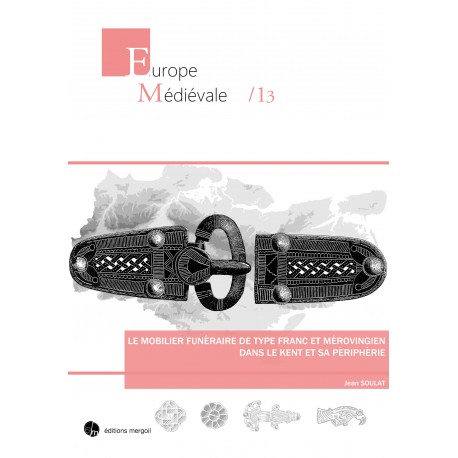 View larger
View larger Le mobilier funéraire de type franc et mérovingien dans le Kent et sa péripherie
EM-13
New
Jean SOULAT. EM-13. Le mobilier funéraire de type franc et mérovingien dans le Kent et sa périphérie. Préface de Patrick Périn. 2018, 532 p., ill. coul. ISBN : 978-2-35518-078-1
More info
This book is based on the thesis in medieval archeology of Jean Soulat, supported in 2015 at the University Paris 1 Panthéon-Sorbonne under the direction of Joëlle Burnouf and Anne Nissen. It presents the study of grave-goods of Frankish and Merovingian type, dating from the 5th-7th centuries, and located in Kent, a region of south-east England, and its periphery. Distributed in 59 cemeteries, 971 Frankish and Merovingian type artefacts were catalogued. 81% of these objects were found in Kent, from major sites such as the cemetery of Buckland in Dover, Bifrons, Mill Hill or Finglesham. Originally from 18th century excavations but also from recent discoveries, these grave-goods include various types of dress accessories (brooches, earrings, pins, etc.), belt fittings, weaponry and even containers of different materials (ceramics, glassware or copper alloy). Following a detailed historiography of the subject, the purpose of this publication is to understand how and why these archeological artifacts, specific to assemblages found in Gaul across the 5th-7th centuries, occur in Anglo- Saxon funerary contexts. What causes can be established and what conclusions can be drawn? Yes, the presence of these so-called “exogenous” grave-goods is linked to cross-Channel contacts, but what is their nature? Is it a question of trade, political and/or diplomatic links, migration, or the movement of people? Through an examination of the presence of this funeral furniture and the evidence for the circulation of these objects, the focus is to show that this maritime space did not constitute a natural barrier preventing the interaction of populations and exchange, but instead allowed for the creation of a privileged zone of commerce where different cultures intermingled during the Early Middle Ages.
SOMMAIRE
REMERCIEMENTS
PREFACE
AVANT-PROPOS
ABSTRACT
CHAPITRE I – PRESENTATION
I. CHOIX DES TERMES EMPLOYES
II. AIRE CHRONO-CULTURELLE
III. PROBLEMATIQUES ABORDEES
CHAPITRE II – CONTEXTE HISTORIQUE
I. LA PERIODE DES GRANDES MIGRATIONS (IIIE-VE SIECLES)
II. FONDATION ET DEVELOPPEMENT GEOPOLITIQUE DES ROYAUMES DU SUD-EST DE L’ANGLETERRE
CHAPITRE III – ETAT DE LA QUESTION
I. APERÇU DE L’ARCHEOLOGIE FUNERAIRE ANGLO-SAXONNE
II. DIVERSITE DE LA CULTURE MATERIELLE ANGLO-SAXONNE
III. HISTORIOGRAPHIE DES TRAVAUX MENES
CHAPITRE IV – ETUDE DU MOBILIER FUNERAIRE DANS LE KENT ET SA PERIPHERIE
I. PRESENTATION DES NECROPOLES ANGLO-SAXONNES ETUDIEES
II. PRESENTATION DU CORPUS
III. MOBILIER FUNERAIRE DE TYPE FRANC
IV. MOBILIER FUNERAIRE DE TYPE MEROVINGIEN
CHAPITRE V – ANALYSE ET INTERPRETATION DU MOBILIER ETUDIE
I. ANALYSE TYPOCHRONOLOGIQUE DU MOBILIER
II. REPARTITION DU MOBILIER FUNERAIRE DE TYPE FRANC ET MEROVINGIEN PAR COMTE ETUDIE
III. LE MOBILIER FUNERAIRE DANS SON CONTEXTE
IV. SIGNIFICATION DU MOBILIER DE TYPE MEROVINGIEN
V. LES CAUSES DE LA PRESENCE DES OBJETS DE TYPE MEROVINGIEN
VI. LES INFLUENCES MEROVINGIENNES ET LA QUESTION DE LA FABRICATION DES ARTEFACTS
CHAPITRE VI – ANALYSE ET INTERPRETATION CROISEE DU MOBILIER FUNERAIRE TRANS-MANCHE
I. DU MOBILIER DE TYPE ANGLO-SAXON ET MEROVINGIEN DANS L’ESPACE TRANS-MANCHE
II. INTERPRETATIONS CROISEES DU MOBILIER
CONCLUSION
BIBLIOGRAPHIE
ANNEXES
NOTICES DES SITES ETUDIES
INVENTAIRE DU MOBILIER
INVENTAIRE DU MOBILIER PAR PHASE CHRONOLOGIQUE
INVENTAIRE DES 321 TOMBES DE L’ETUDE DE CAS
